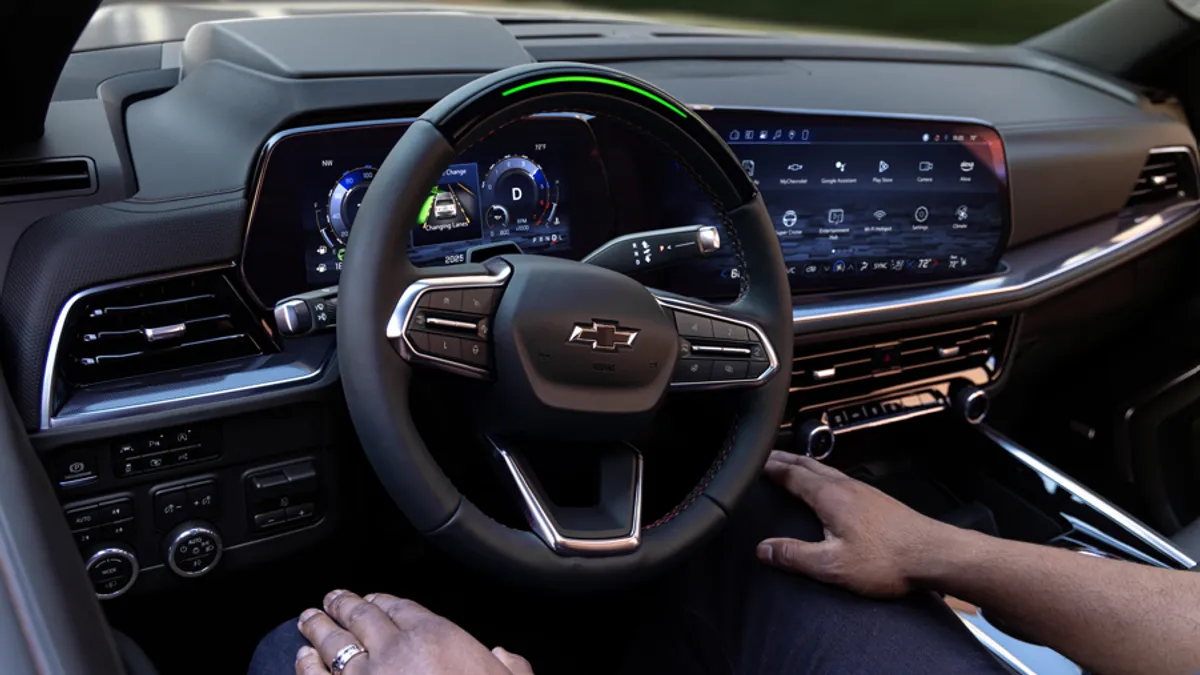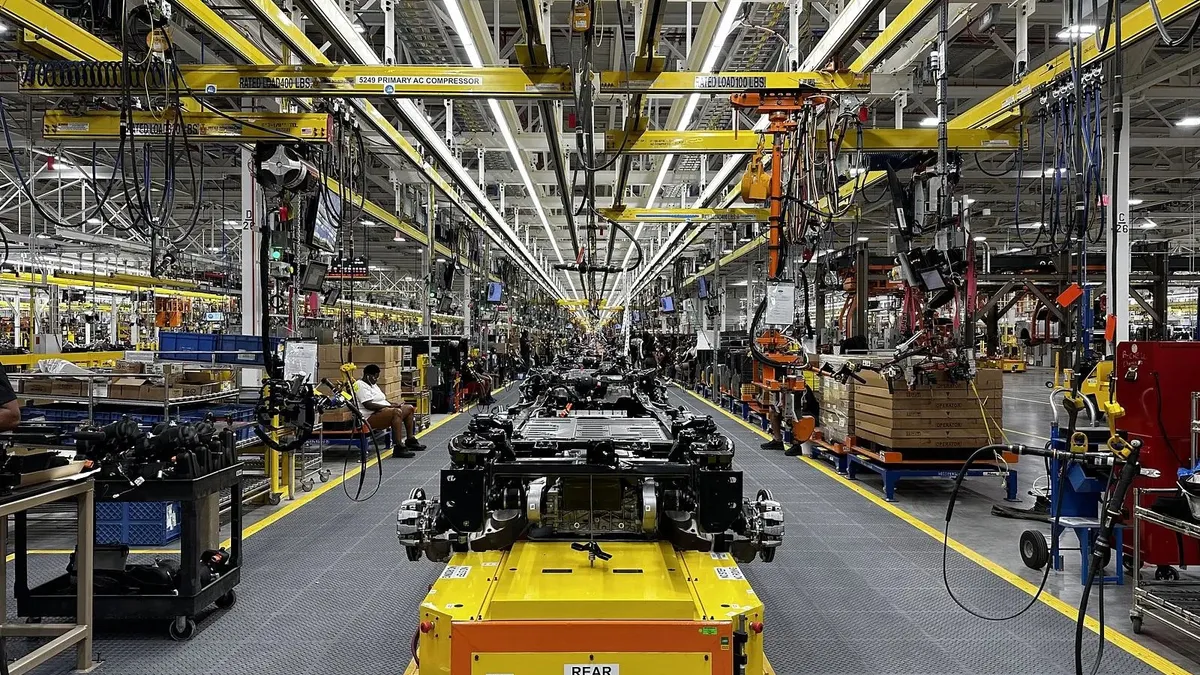Dive Brief:
- The National Highway Traffic Safety Administration on Monday announced several changes to its 5-Star Safety Ratings program that the agency expects will spur technology adoption and bolster pedestrian safety.
- As part of the updates, the agency added four advanced driver assistance systems to the ratings checklist, pledged to implement a crash worthiness pedestrian protection program, and finalized its roadmap for further changes over the next decade.
- The agency will begin using the revised criteria starting with its assessments of new model year 2026 vehicles, per the official notice.
Dive Insight:
Achieving a coveted 5-star safety rating from NHTSA can help automakers boost sales of certain models, but the updated program will require that automakers add additional safety technology into their vehicles to receive higher ratings.
In particular, new vehicles will have to include four core driver assist technologies designed to reduce injuries to pedestrians:
- Pedestrian automatic emergency braking
- Lane keeping assist
- Blind spot warning
- Blind spot intervention
They will also have to pass more stringent crash test evaluations, which include rollovers, frontal crashes and side crashes. The updated program will evaluate the ability of a vehicle’s front end to mitigate injuries and fatalities of pedestrians.
The updated 5-star safety program aligns with a series of actions taken by the Biden administration over the past four years to reduce traffic fatalities in the long-term.
The Bipartisan Infrastructure Law required NHTSA to add pedestrian safety criteria to its testing of new vehicles. And in January 2022, the Department of Transportation unveiled its “National Roadway Safety Strategy” to address an uptick in traffic fatalities and serious injuries to pedestrians caused by inattentive drivers.
“This action today is another important step toward addressing the crisis on our roads and achieving the Department’s ambitious, long-term goal of zero road fatalities,” said Transportation Secretary Pete Buttigieg in the release.
In addition to introducing new technologies, NHTSA also beefed up its testing procedures and performance criteria for advanced driver assistance systems that are already included in the ratings program, such as automatic emergency braking.
In May, NHTSA finalized a rule requiring automakers to offer automotive emergency braking and pedestrian braking as a standard safety feature on nearly all light-duty vehicles sold in the U.S. by 2029.
“Like our move earlier this year to make automatic emergency braking standard on new passenger cars and light trucks, these changes to the 5-Star Safety Ratings will speed up adoption of technologies that reduce the frequency and severity of crashes while helping consumers make informed decisions about buying a new car,” Buttigieg said.
The 5-star rating system was introduced into the New Car Assessment Program in 1993 by NHTSA. The agency began frontal crash tests on vehicles using dummies years earlier: in 1978.
The ratings are designed to help car shoppers make a more informed decision when buying a vehicle. Models with higher NCAP ratings are typically more attractive to safety-conscious consumers, but achieving a 5-star safety rating also serves as a valuable marketing tool for automakers.












